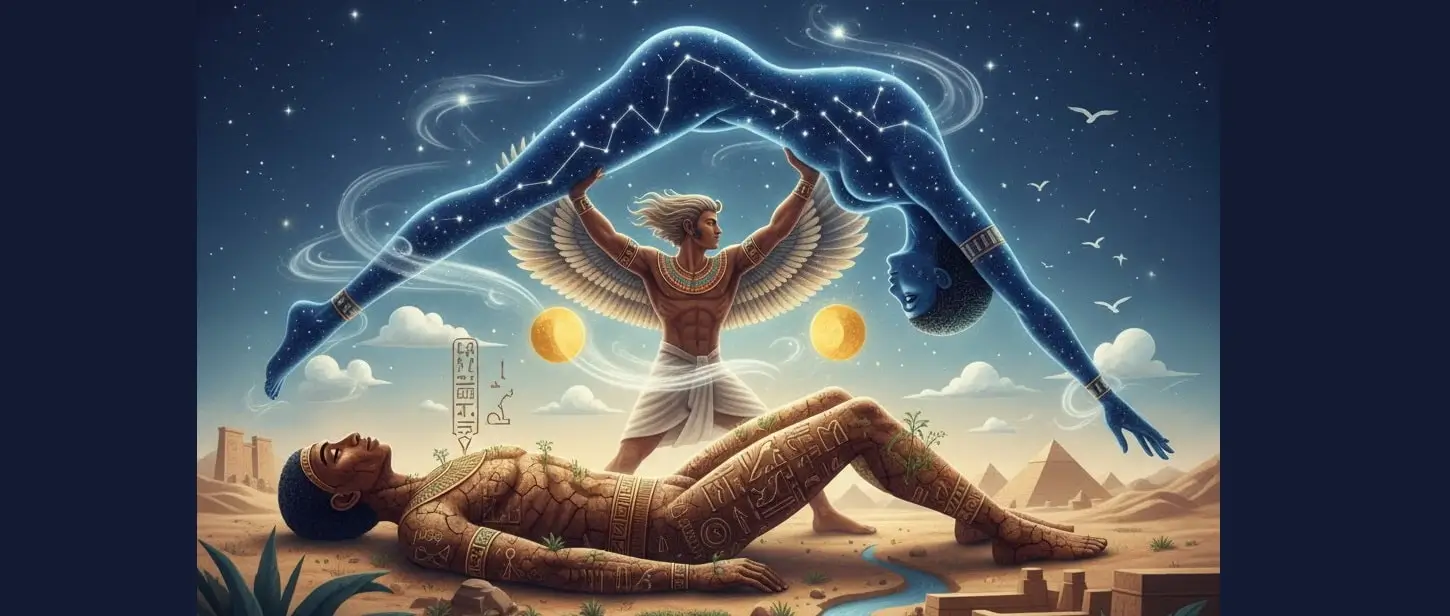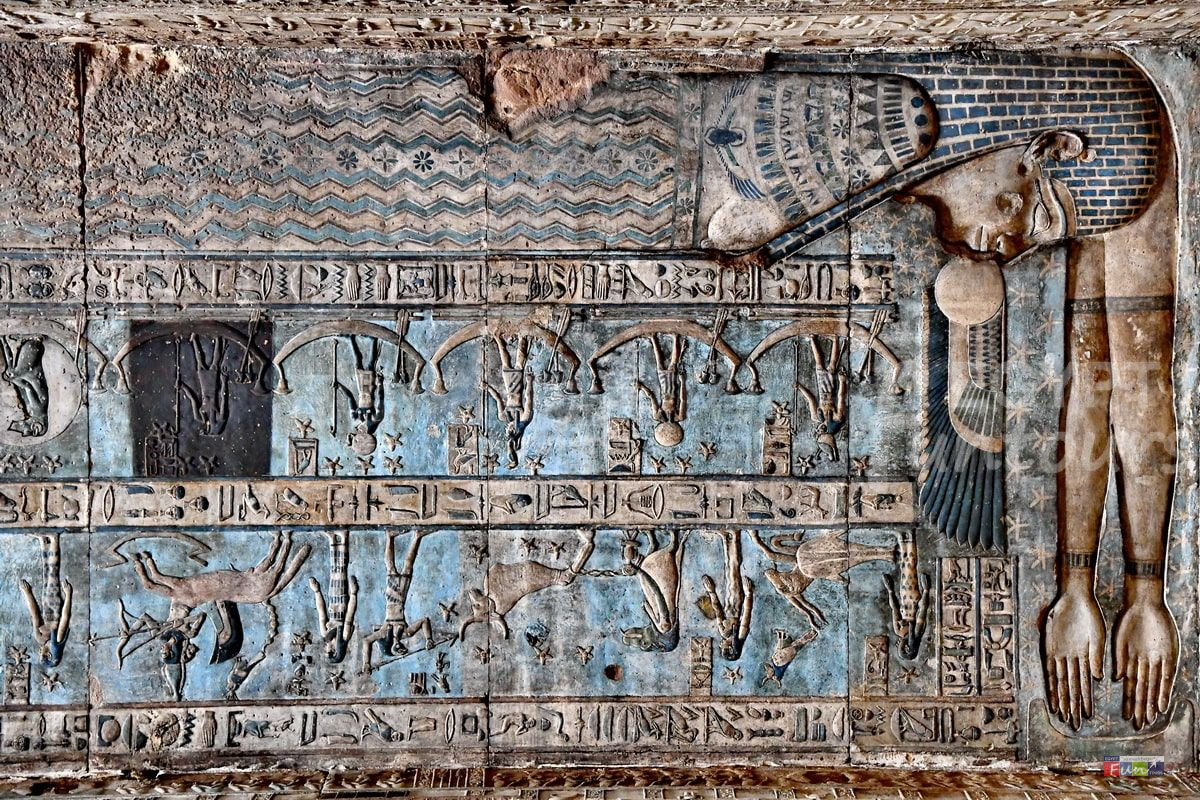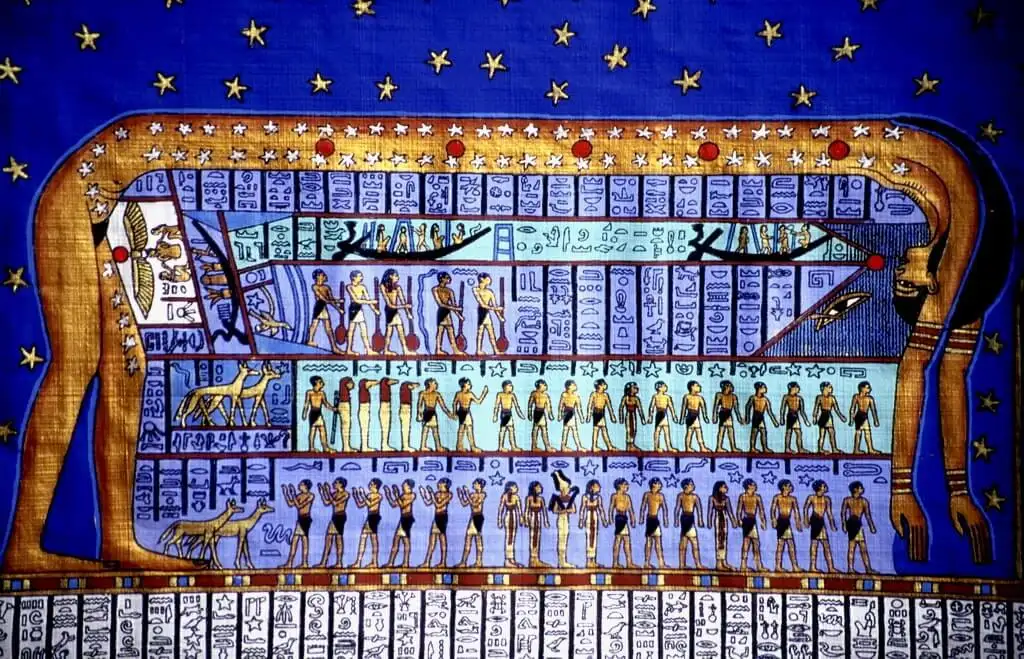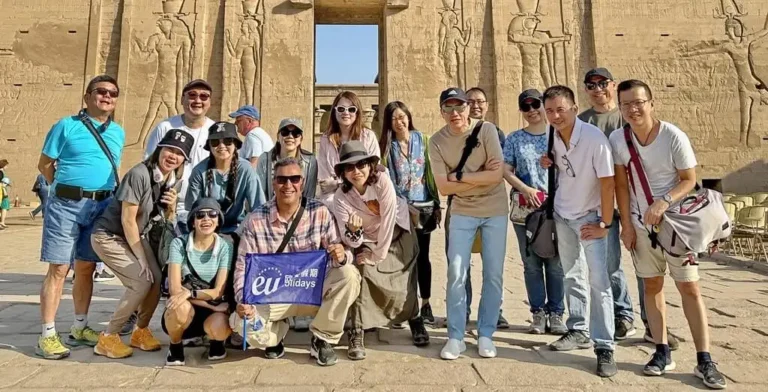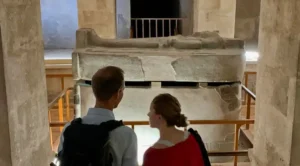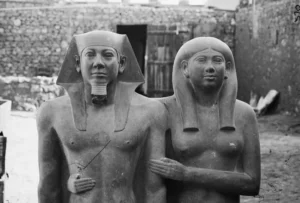Goddess Nut: The Vast Dome
Understand this: Goddess Nut is the physical barrier between chaos and creation. She is the sky itself. Her iconography immediately captures attention—a woman arching her body over the earth. Unlike many sky deities in other cultures, she is female, emphasizing her role as the ultimate mother. Egyptians saw her not just as the dome overhead, but as the cosmic protector who holds the chaotic waters of Nun at bay.
Her function transcended the simple weather. Goddess Nut literally governs time, determining the path of the sun, moon, and stars. This guide will fully explore Nut’s role, starting with her place in the great creation myth. You will learn her tumultuous relationship with Geb, her function in the celestial cycle, and her indispensable role in ensuring pharaonic rebirth in the afterlife. To understand her power, we must begin with the beginning of the world.

